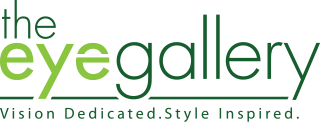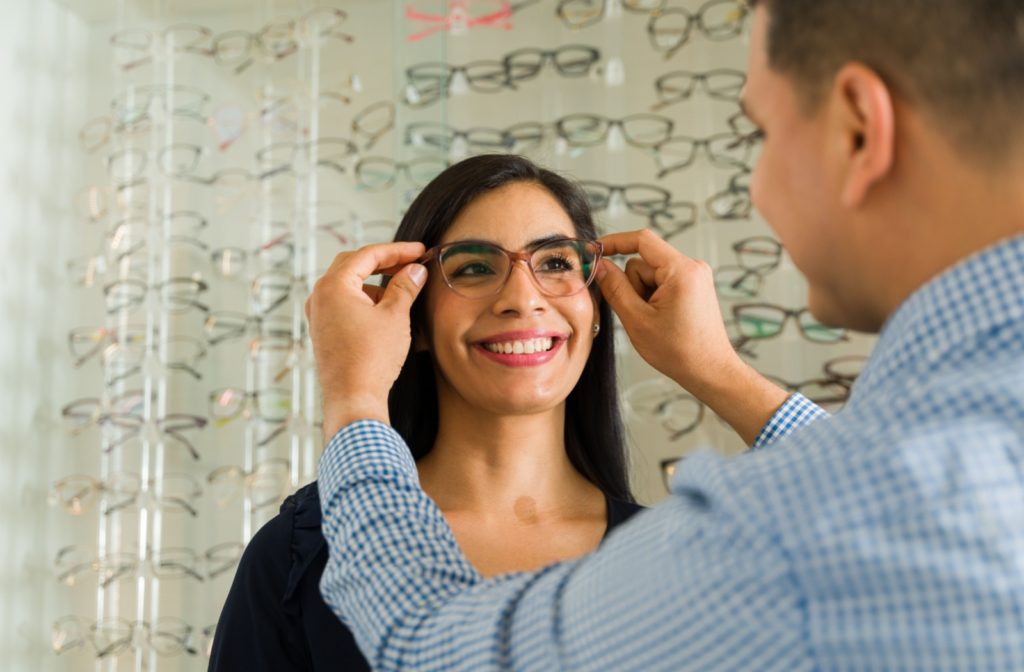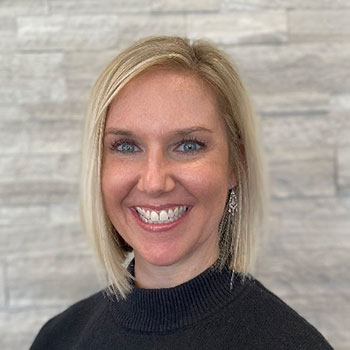Wearing eyeglasses is more than just a necessity for many; it’s part of their identity. Properly fitting eyeglasses aren’t just about looking good—they’re essential for comfort, accurate vision correction, and overall eye health.
Imagine spending all day adjusting your glasses as they slip down your nose, or suffering headaches because your frames are too tight. The right fit can make all the difference for eyeglasses. Make sure to consider:
- Face shape
- Pupillary distance
- Balanced weight on the nose
- Arm length
Your eye doctor can provide a fitting for eyeglass wearers or parents looking for frames for their kids.
Breakdown of Frame, Lens, & Fit Types
To get the right fit, it helps to understand the different components of eyeglasses. Eyeglasses are made of:
- Frames: These come in various shapes, materials, and sizes. They should complement your face shape and be comfortable to wear.
- Lenses: The part of your glasses responsible for vision correction. Lenses come in different materials and coatings, which affect the glasses’ weight and thickness.
- Fit types: These include the bridge (the part that sits on your nose), the arms or temples (which go over your ears), and the overall width and height of the frames.
Understanding these components can help you pick the best eyewear.
Signs of Poor Fit
Poorly fitting glasses can lead to several issues, including discomfort and compromised vision. Here are some signs to identify whether your glasses are fitting properly:
- Slipping glasses: If your glasses keep sliding down your nose, they may be too loose, or the bridge might not fit well.
- Pressure points: Pain behind your ears or on the sides of your nose indicates that the arms or nose pads are too tight.
- Headaches and vision problems: Straining to see clearly or frequent headaches can be caused by lenses sitting at the wrong angle or distance from your eyes.
If you experience any of these issues, it’s a sign that your glasses may need adjustment.
How Should Eyeglasses Fit?
Properly fitted eyeglasses should match your face shape, and should both look and feel good. They should also account for your face and eye shape, including nose bridge/cheekbone heights, pupillary distance, and the distance to your ear.
Face Shape
Eyeglasses that fit properly sit in the middle of the face without being higher than the eyebrows. Eyeglass frames should be the same width as your temples.
Pupillary Distance
Eyeglasses that fit properly align the center of the pupil with the optical center of the lens.
Nose
Eyeglasses that fit properly balance the weight of your frames evenly over the nose bridge or on the nose pads. They also don’t dig into the nose or leave marks on the nose.
Arm Length
Eyeglasses that fit properly have long enough arms to reach around the ears comfortably without sliding off the face when you bend or shake your head.
When to Seek Professional Help
Even your preferred choice of glasses might need adjustments over time. Here’s when to seek professional help:
- Loose frames: If your glasses keep slipping or sliding, your optician can tighten the screws or adjust the nose pads.
- Bent frames: Over time, frames can become warped. Your optician has the tools to reshape them.
- Lens issues: Scratches or coatings peeling off should be addressed immediately to avoid compromising your vision.
Regular maintenance and professional adjustments can prolong the life of your eyeglasses and maintain their comfort.
Advice on Choosing & Fitting Eyeglasses for Children

Choosing eyeglasses for children usually starts with an eye exam and special considerations:
- Durability: Kids are active, so choose durable frames made of materials like silicone or flexible plastic.
- Fit: Children’s frames should have adjustable nose pads and temples to fit snugly without pinching.
- Style: Allowing children to choose their frames can make them more excited about wearing their eyeglasses.
Ensuring a proper fit for children’s eyeglasses can prevent discomfort and encourage them to wear them consistently.
Eyeglasses Brands
The Eye Gallery carries several brands that design glasses for specific face shapes, nose bridge and cheekbone heights, and eyeglasses for kids:
- TC Charton: Suitable for higher cheekbones and lower nose bridges.
- Chesterfield: Features a mix of modern and classic frames designed for larger men, wider bridges, and longer temples.
- Nanovista: Durable children’s eyewear that features flexible frames, hinges, and strong materials on every pair.
- Tomato glasses: Comfortable and safe eyeglasses for infants and toddlers that feature light, flexible materials, head straps, adjustable nose pads, and arm lengths.
Proper Eyeglasses Fit for Comfort & Eye Health
Slipping frames, pressure points, and vision issues are all signs that your eyeglasses might not fit as well as they could. By understanding the components of eyeglasses, recognizing signs of poor fit, and knowing how to choose frames for different face shapes, you can get eyeglasses that look and feel comfortable.
If your glasses aren’t fitting just right, book an appointment with The Eye Gallery for an in-depth fitting and adjustment to your eyeglasses to provide you with the comfort and clarity that you deserve.




